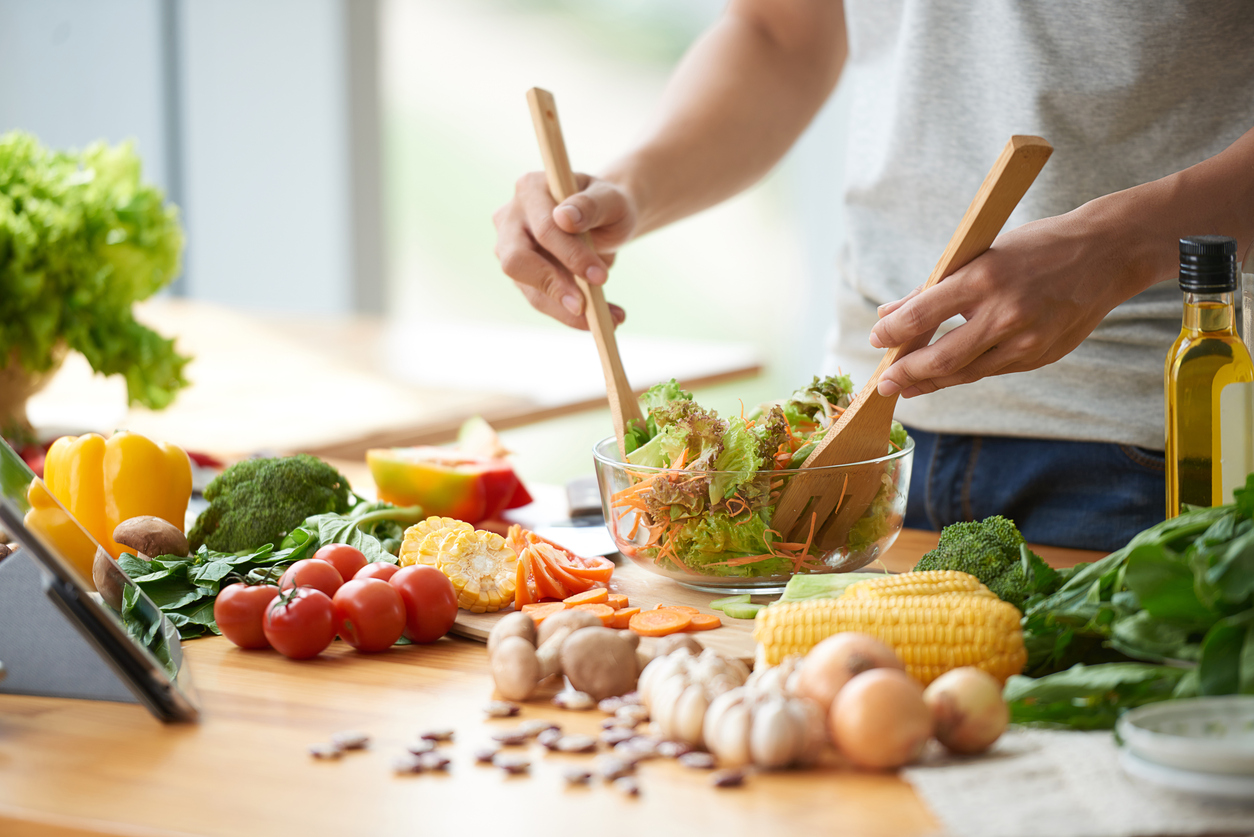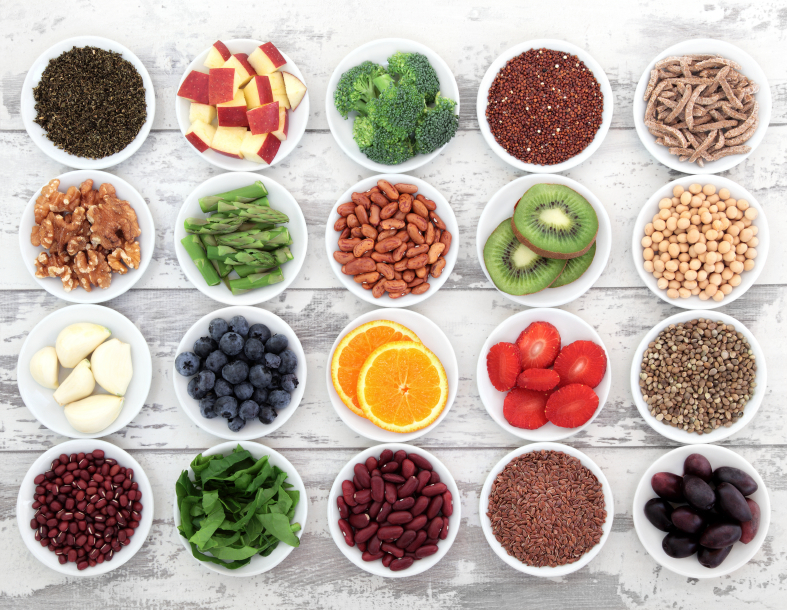10 behaviors for healthy weight loss

Losing weight is challenging, and it seems everyone has an opinion on the best way to do it. The bottom line is “one size does not fit all” when it comes to weight loss. Basic differences such as age, sex, body type, underlying medical issues, physical activity, genetics, past experiences with dieting, and even food preferences can influence a person’s ability to lose weight and keep it off.
About half of American adults surveyed between 2013 and 2016 reported trying to lose weight at some point during the prior 12 months. And yet nearly 70% of adults in the United States are overweight or obese. Excess weight is associated with serious health conditions including type 2 diabetes, cardiovascular disease, and some cancers.
Although there is not one “perfect” diet for weight loss, research does support certain universal behaviors for people who are trying to lose weight. These include cutting out soda and sugary drinks, avoiding a sedentary lifestyle, and focusing on food quality rather than simply on calories.
Here are 10 behaviors that can support efforts for weight loss and healthful eating:
1. Know where you are starting. Keep a food record for three days. Track all the food and beverages you eat along with the portions. Identify how often you are eating away from home, eating takeout, or buying food on the run.
2. Home in on your goal and make a plan. What is your goal? Do you want to lose weight to improve your health? Do you dream of fitting into an old pair of jeans? How will you achieve your goal? Will you cook more meals at home? Will you eat smaller portions? Be specific and start small.
3. Identify barriers to your goals — and ways to overcome them. Could a busy schedule get in the way of going to the gym? Wake up an hour earlier. Has an empty pantry prevented you from cooking at home? Look up some healthy recipes, then head to the grocery store armed with a list of ingredients you’ll need to prepare them.
4. Identify current habits that lead to unhealthful eating. Do you relax and reward yourself by snacking in front of the TV? Do you skip lunch only to feel starved by midafternoon, ready to eat anything in sight? Do you finish everything on your plate even after you start to feel full?
5. Control your portions. Refamiliarize yourself with standard serving sizes. Did you know that one serving of poultry or meat is 4 ounces, or the size of a deck of playing cards? Or that one serving of pasta is only 1/2 cup?
6. Identify hunger and satiety cues. Be aware of physical versus emotional hunger. Do you eat when you feel something physical in your body that responds to food? Or do you eat when you are stressed, bored, tired, sad, or anxious? Try to stop eating BEFORE getting full (it takes about 20 minutes for your brain to register “stop eating” signals from your stomach). Foods that can help you feel fuller include high-fiber foods such as vegetables, whole grains, beans, and legumes; protein (fish, poultry, eggs); and water.
7. Focus on the positive changes. Changing behavior takes time — at least three months. Don’t give up if you slip up along the way. Get support from others and take the time to acknowledge the changes you have made.
8. Go with the 80/20 rule. Stay on track 80% of the time, but leave some room for a few indulgences. You don’t want to feel deprived or guilty.
9. Focus on overall health. Walk, dance, bike, rake leaves, garden — find activities you enjoy and do them every day. Ditch the “diet” aisle and focus on seasonal, whole, high-quality foods.
10. Eat slowly and mindfully. Enjoy the entire experience of eating. Take the time to appreciate the aromas, tastes, and textures of the meal in front of you.
Changing behavior takes time and effort. Taking a few small steps today will make a difference in your health tomorrow.


